A stakeholder engagement session was held in the Greater Accra Region as part of the ongoing Scoping Study, Stakeholder Mapping, and Regional Consultation on the Intersection of Artificial Intelligence and Disability Innovation in Africa. A total of 53 people participated in the stakeholder engagement session, comprising 46 persons with disabilities and 7 caregivers. The session brought together individuals from various disability groups, researchers, and caregivers to discuss how assistive technologies could be tailored to meet their needs.
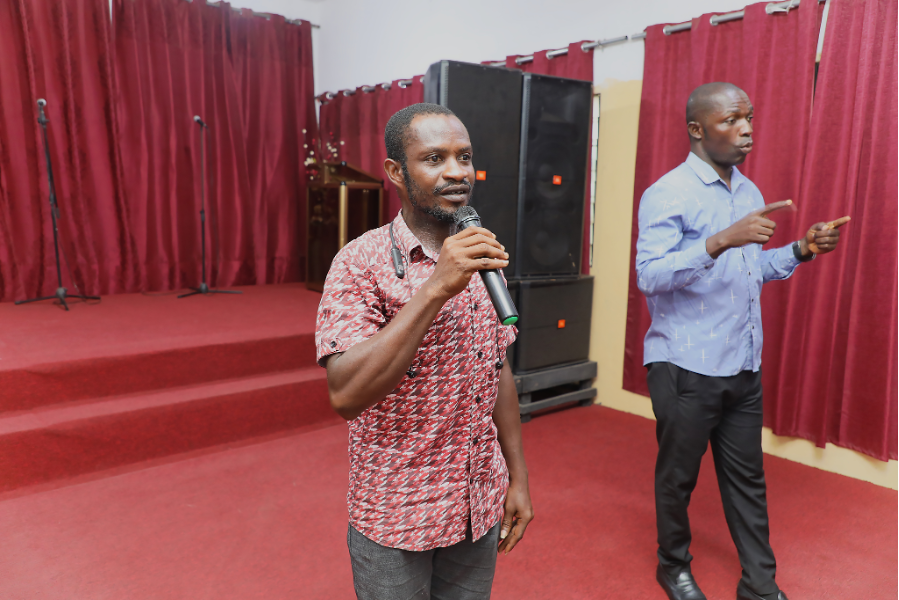
The program began with a welcome address by Mr. Charles Bentum, the Regional Representative for the Physically Challenged. He shared that although there are 15 disability organizations under the Ghana Federation of Disability Organizations (GFD), a selection process guided by the project’s scope was used to determine participation in this engagement. He encouraged all attendees to cooperate and participate fully to ensure the success of the study.
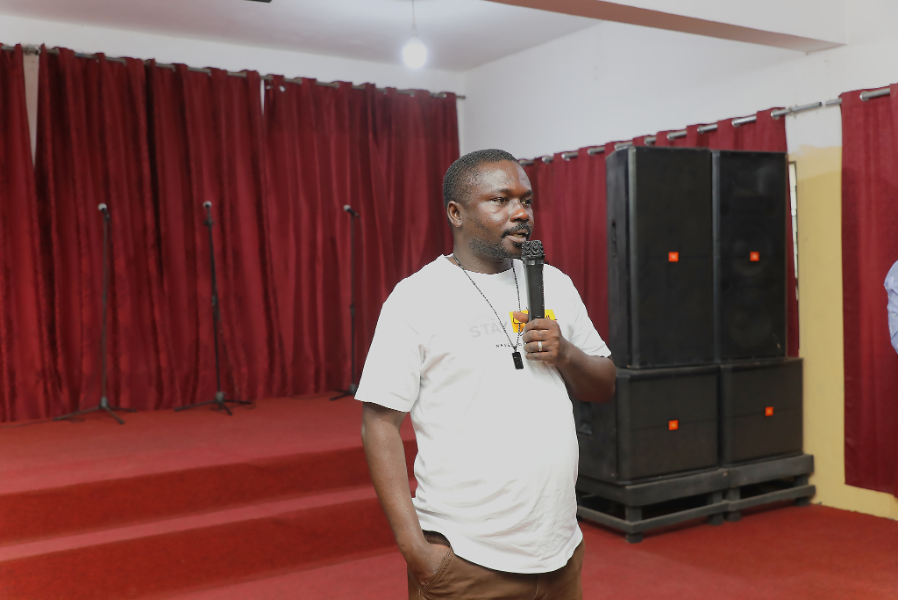
The purpose of the gathering was presented by Dr. Enoch Acheampong, a key member of the research team from the Kwame Nkrumah University of Science and Technology (KNUST). He explained that the team is currently working on a project to develop assistive technologies for persons with disabilities and emphasized the importance of community engagement in shaping these solutions.
Dr. Acheampong spoke in detail about the assistive technologies under development. He introduced SignTalk, an AI-powered application designed to translate sign language into text and vice versa. He explained that the app integrates local Ghanaian languages such as Ga, Akan, Hausa, and Dagbani, making it culturally relevant and accessible. He mentioned that the team aims to launch the app by the end of July, followed by piloting and submission for approval to the Ghana Standards Authority. He also discussed I-Wheel, a smart wheelchair that features joystick-controlled movement and adjustable speed to enhance mobility and independence for users. He spoke about I-See, which is developed for individuals with visual impairments, and I-Hear, which is designed to support persons with hearing difficulties.
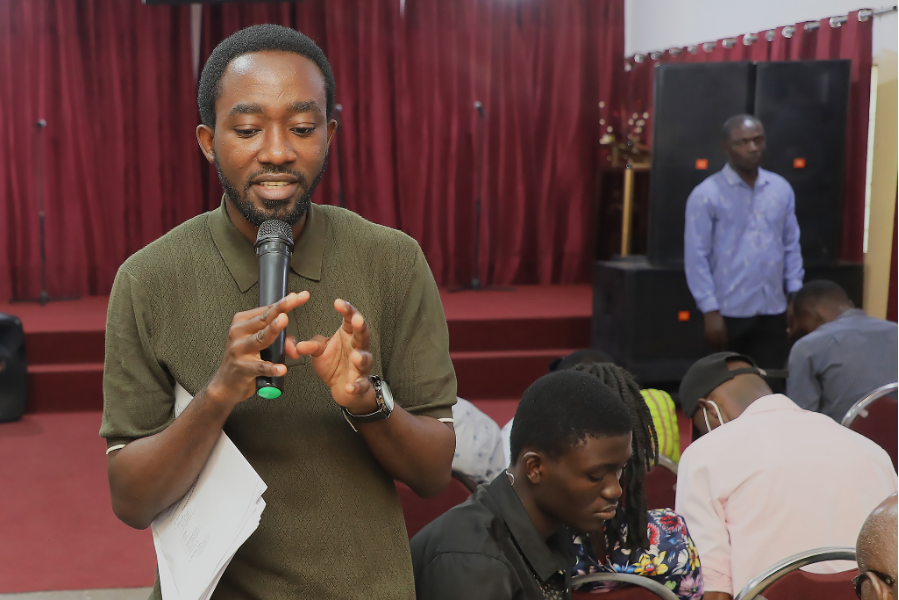
Dr. Justice Owusu Agyemang, the coordinator of the study, spoke about the features of I-Wheel, highlighting its joystick functionality and speed regulation. He emphasized that these features are aimed at enhancing user independence and comfort. He reiterated the importance of user-centered design and how the feedback gathered would influence future development.

As part of the study, questionnaires were administered to 46 participants from different disability groups, including 18 individuals from the visually impaired group, 19 individuals from the hearing-impaired group, and 9 persons with physical impairments, ensuring inclusive representation and capturing a wide range of experiences. The questions were carefully adapted to meet the communication needs of each group, allowing individuals with visual, hearing, and physical impairments to share their insights effectively.
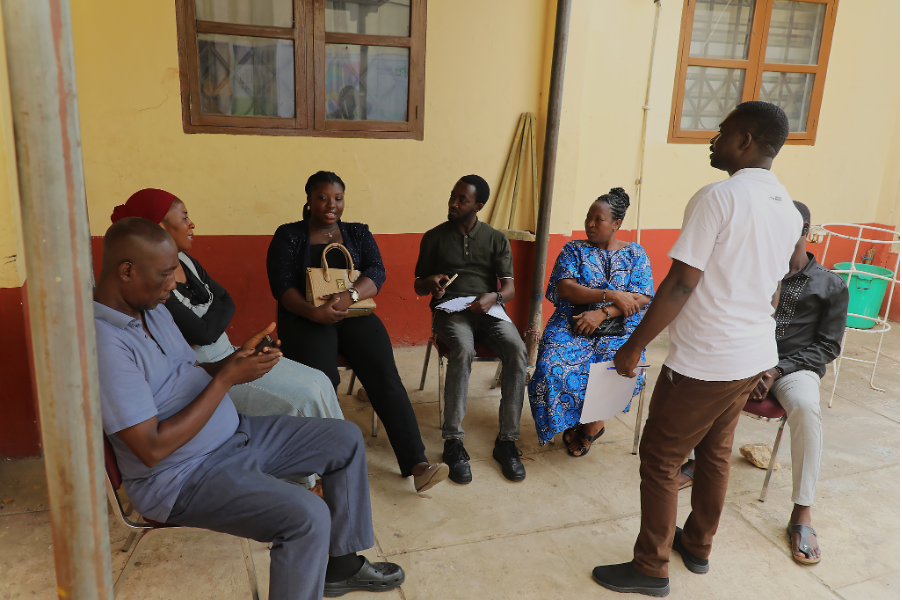
In addition to individual responses, a focused group discussion was held with the caregivers, and five people were involved. This session created a space for them to voice the challenges they face in supporting persons with disabilities, and to offer practical suggestions for assistive technologies. Their input stressed the need for devices that not only assist users but also ease the responsibilities of caregivers.
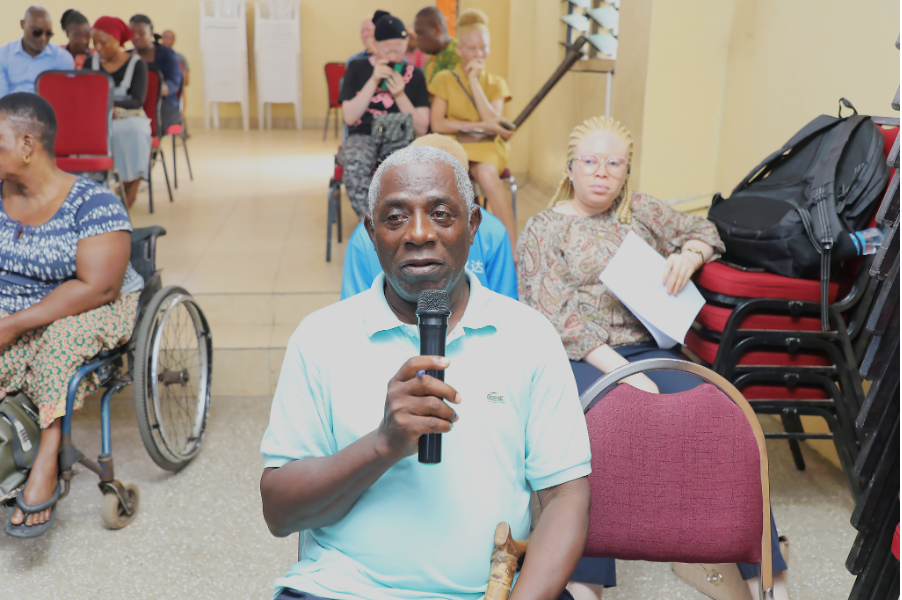
Participants in both individual and group sessions raised concerns. They questioned how the assistive devices would perform in various environments. They also inquired whether the assistive devices were indeed going to address day-to-day navigation challenges.
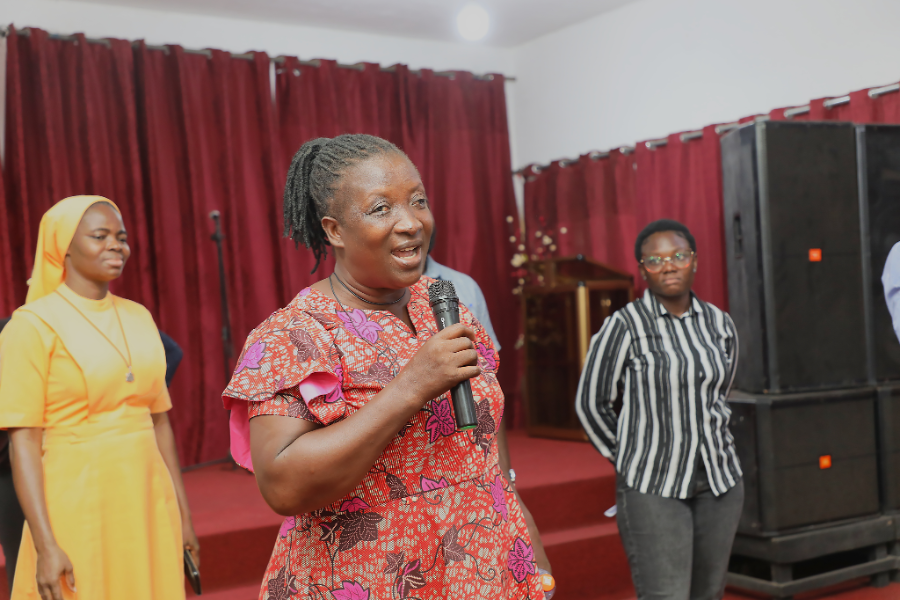
The session ended with closing remarks from Mrs. Theodora Eduaqua, who expressed her heartfelt gratitude to the research team. She shared her delight that a research initiative was finally focusing on the experiences and needs of persons with disabilities. Her remarks closed the session on a hopeful note, encouraging continued collaboration.